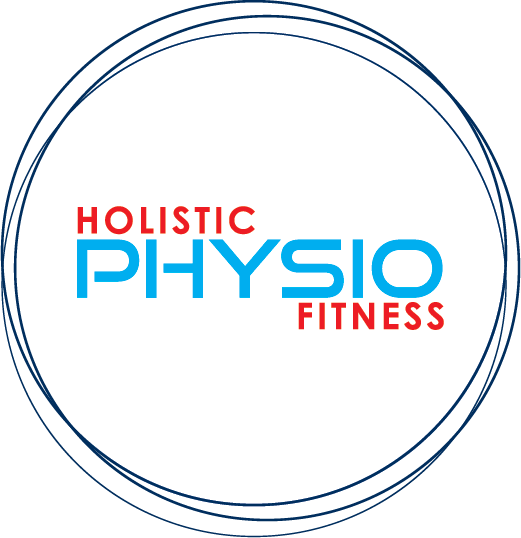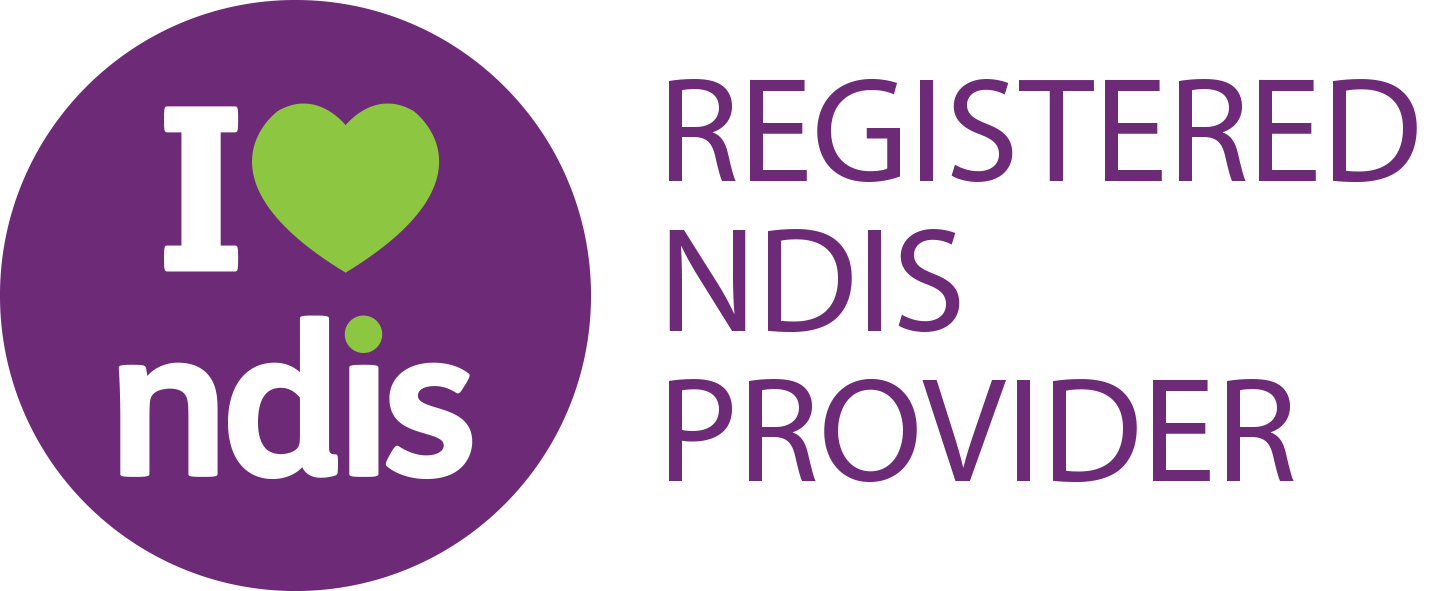
Effective Management of Neck Pain: How Physiotherapy and Exercise Physiology Can Help
Neck pain is a common complaint that affects a great number of people throughout their lives. It can have a range of causes, from poor posture to more complex cervical spine disorders. Fortunately, physiotherapy and exercise physiology offer effective strategies for managing and alleviating the associated discomfort and pain. Combining hands-on manual therapy with exercise therapy provides a holistic approach that addresses both immediate relief and long-term recovery.
Understanding Neck Pain and Its Causes
Neck pain, or cervical pain, can stem from various sources. Common causes include muscle strain from poor posture, injuries such as whiplash (especially from car accidents), degenerative conditions like cervical spondylosis, or herniated discs. Understanding the root cause of neck pain is crucial for effective treatment. Accurate diagnosis often involves a combination of patient history, physical examinations, and diagnostic imaging, such as X-rays or MRIs.
Physiotherapists and exercise physiologists play a critical role in diagnosing and treating these conditions. They assess the neck’s range of motion, strength, and the alignment of the cervical spine. This thorough evaluation helps in formulating a personalised treatment plan that addresses the specific issues contributing to the pain.
The Role of Manual Therapy in Neck Pain Management
Hands-on manual therapy is a cornerstone of physiotherapy and can be highly effective in treating neck pain. This approach involves various techniques designed to improve the function and mobility of the cervical spine. Manual therapy includes:
- Joint Mobilisation: Gentle, controlled movements are applied to the joints of the cervical spine to increase their range of motion and reduce pain.
- Soft Tissue Massage: This technique targets the muscles and connective tissues around the neck to alleviate tension, improve circulation, and promote relaxation of the affected areas.
- Manipulation: In some cases, a physiotherapist may use specific techniques to apply thrusts to the cervical joints, aiming to restore proper alignment and function, although this is less common in physiotherapy treatment.
Manual therapy can provide immediate relief from pain and stiffness, helping to ease discomfort and improve mobility. However, for long-term benefits, it is often combined with exercise therapy, which can “fix” the issue.
The Benefits of Exercise Therapy
Exercise therapy is essential for a comprehensive approach to treating neck pain. It focuses on strengthening the muscles supporting the cervical spine, improving posture, and increasing flexibility. Key components of exercise therapy include:
- Strengthening Exercises: Targeted exercises are designed to build the strength of the neck and upper back muscles. This helps stabilise the cervical spine and reduce the risk of future injuries.
- Stretching: Gentle stretching exercises can improve flexibility in the neck and shoulder muscles, reducing tension and improving range of motion.
- Postural Exercises: Exercises that promote good posture are crucial, as poor posture is a common contributor to neck pain. By training the muscles to maintain proper alignment, exercise therapy can help prevent the recurrence of neck pain.
- Aerobic Conditioning: This can not be forgotten. Engaging in aerobic exercises, such as walking or swimming, can improve overall cardiovascular health and support the recovery process by increasing blood flow to the affected areas.
Combining these exercises with manual therapy enhances overall treatment efficacy. While manual therapy can provide immediate relief and address acute issues, exercise therapy supports long-term recovery by addressing the underlying causes of neck pain.
The Importance of a Comprehensive Treatment Plan
An effective treatment plan for neck pain requires a thorough assessment and a combination of therapies. Diagnosing the specific cause of neck pain allows physiotherapists and exercise physiologists to tailor a treatment plan that addresses both the symptoms and the root causes.
For example, if the diagnosis reveals muscle strain and imbalance from poor posture, the treatment plan may include manual therapy to relieve muscle tension and a series of exercises focused on improving posture and strengthening the neck muscles. If the issue is related to a cervical disc problem, the plan might involve techniques to reduce disc pressure and exercises to support spinal stability.
So, to sum it up, managing neck pain effectively involves a multifaceted approach that combines hands-on manual therapy with exercise therapy. Physiotherapy provides immediate relief through techniques like joint mobilisation and soft tissue massage, while exercise physiology supports long-term recovery by addressing muscle strength, flexibility, and posture. Accurate diagnosis is essential for creating a tailored treatment plan that addresses both the symptoms and underlying causes of neck pain.
If you’re struggling with neck pain, seeking help from a qualified physiotherapist or exercise physiologist can make a significant difference in your recovery journey. By understanding the root cause and applying a combination of therapies, you can find relief and regain optimal neck function.
Feel free to contact us for a comprehensive assessment and personalised treatment plan to address your neck pain and improve your quality of life. here is a link to a government website for neck pain for further information link.

